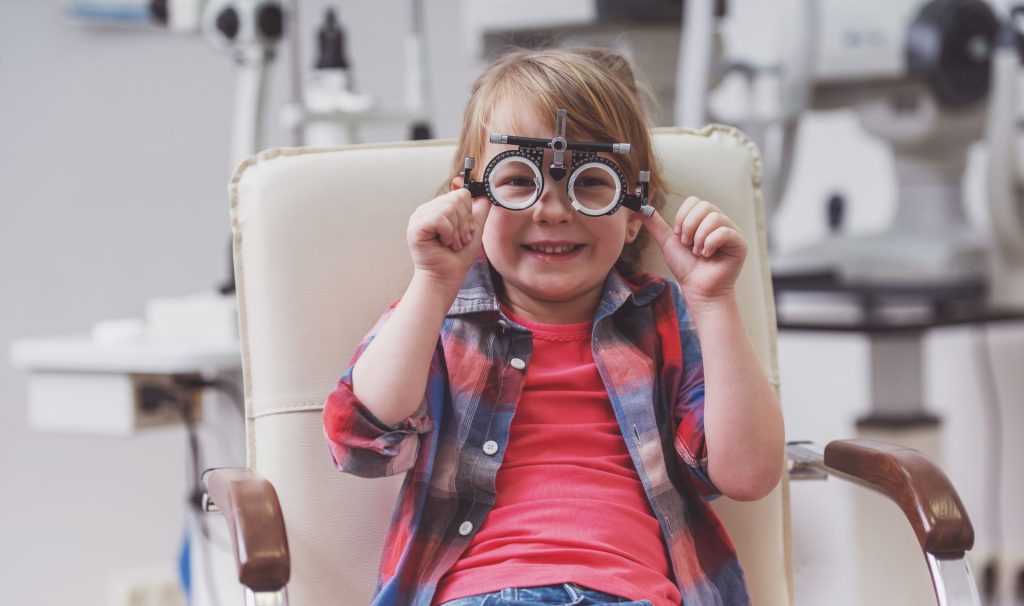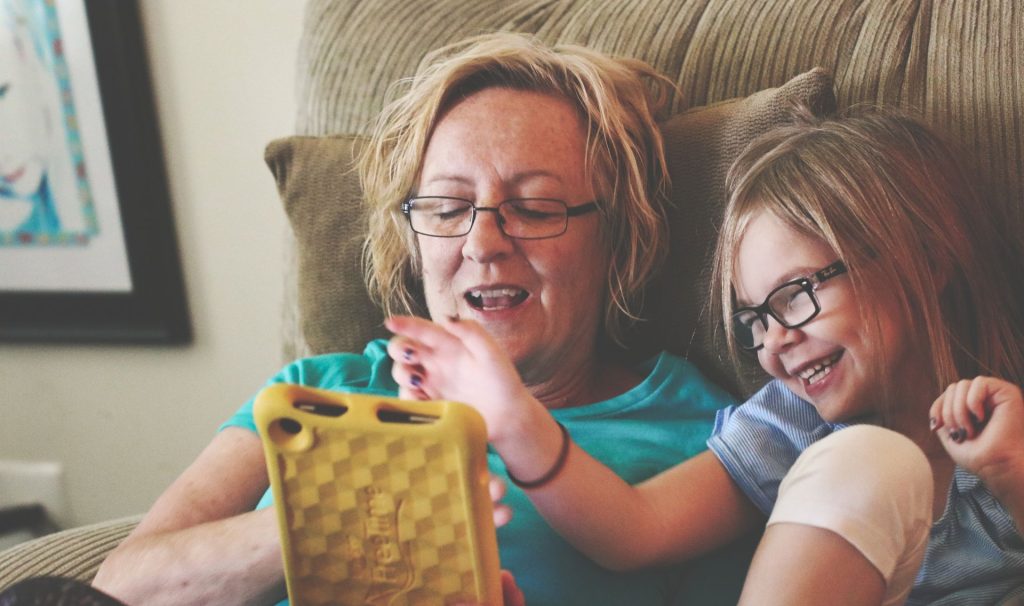Vision Therapy
Vision Therapy is a Behavioural Optometrist-supervised program that is designed to improve the function and efficiency of the visual system. It is an individualised, non-invasive therapy program, which is unique to the needs of each patient, and is beneficial to patients of all ages. Vision therapy is supported by ongoing, evidence-based scientific research. It is usually supplemented using lenses, prisms, and filters.


According to the College of Optometrists in Vision Development (COVD), the goal of Vision Therapy is not to strengthen one’s eye muscles. Our eye muscles are already incredibly strong already (up to 200x stronger than what is needed), and many vision difficulties that we use Vision Therapy to treat are rarely caused by muscle weakness. Vision Therapy helps to retrain learned aspects of vision through the recently understood concept of neuroplasticity. Vision Therapy helps to redevelop neural pathways within the brain to affect changes and allow new connections to develop which enables environmental remapping to occur. There is a famous saying in optometry by Dr John Streff (Behavioural Optometrist): “When vision is working well, it guides and leads; when it does not, it interferes.”
Visual skills that can be re-developed and enhanced through Vision Therapy include:
- EYE-TRACKING: The ability to follow a moving object smoothly and accurately with both eyes, such as a ball in flight or when moving one’s eyes along a sentence when reading
- FIXATION: The ability to locate and inspect with both eyes a series of stationary objects, one after another, such as moving from word to word while reading quickly and accurately
- EYE-FOCUSING: The ability to look quickly from far to near and vice versa without momentary blur, such as looking from the blackboard to a book or being able to sustain your focus for a prolonged period at near
- DEPTH PERCEPTION: The ability to judge relative distances of objects and to see and move accurately in three-dimensional space, such as when playing ball sports or driving a car
- PERIPHERAL VISION: The ability to monitor and interpret what is happening around you while you are attending to a specific central visual task; the ability to use visual information perceived from over a large area
- BINOCULARITY/FUSION: The ability to use both eyes together, smoothly, equally, simultaneously, and accurately
- MAINTAINING ATTENTION: The ability to keep doing any activity with ease and without interfering with the performance of other skills
- BODY-VISION MOVEMENT COORDINATION: Poor handwriting skills, clumsiness – falling over your own feet, poor eye-hand and/or poor eye-body coordination
If our visual skills are not adequately developed, or if we fail to coordinate our vision with our other senses, vision and other developmental problems are likely to occur. Unfortunately, school screenings and/or visits to a functional optometrist, are not comprehensive enough to identify these inadequate visual skills.
Typically, these general eye-screenings and eye tests are merely looking at the anatomic structure of the eye (checking for disease) and visual acuity (how well one sees). However, a Behavioural Optometrist assesses all these visual skills, we have the understanding on how these visual skills impact a patient’s development, performance, and behaviour, and how to treat these weaker visual skills.
What is a Behavioural Optometrist?
Behavioural optometry is a sub-specialty in the field of optometry which is concerned with how one’s eyes and visual system function together, how one’s behaviour affects vision and/or how one’s vision influences their behaviour.
Goals of Behavioural Optometry
- To prevent vision problems and eye problems from developing or deteriorating.
- To provide treatment for vision or eye problems that have already developed (e.g., myopia, strabismus, stroke etc)
- To develop and enhance the necessary visual skills needed in the classroom, workplace, or sports field
Poor visual skills can result in:
- HEADACHES: Especially around the temporal and frontal regions of the head.
- DOUBLE VISION: Seeing two different images instead of one.
- REDUCED PERFORMANCE: Reading difficulties – losing your place when reading, rereading words or lines, slow reading speed. Learning difficulties – poor comprehension, poor retention and recall, dyslexia.
- DISCOMFORT, FATIGUE: General fatigue at the end of the day – school or workday. Body and/or eye tension, pain, or stress.
- CONCENTRATION: Short attention span, difficulty completing tasks.
- SUPPRESSION: The brain blocks or ignores information coming from one eye to help reduce the confusion created when seeing double. If left untreated this can lead to Amblyopia.
Vision therapy is usually combined with the use of appropriate lenses, prisms, and filters to help improve, prevent, and alleviate any of these conditions and symptoms in both children and adults. Vision therapy helps develop visual skills so that an individual can learn to use both eyes together more effectively and efficiently. When your eyes move, align, fixate, and focus together as a team, it allows your brain to interpret, understand and process information more efficiently, which allows for better decision making.
Types of Vision Therapy
We at Michele Hlava Optometrists offer two forms of Vision Therapy: Home-Based Visual Therapy and In-Office Visual Therapy. Home-Based Visual Therapy is when vision therapy is performed daily in the comfort of your home. Home-based therapy is expected to take 3 to 4 months to complete. In-Office therapy is conducted in our practice with a weekly session lasting 1 hour. In-Office Based Therapy takes a minimum of 14 sessions to complete. Between In-Office sessions, there will be “homework” that will need to be done daily to help reinforce visual skills learnt during the In-Office session.
Vision Therapy has been used successfully to treat conditions such as:
- Amblyopia (lazy eye)
- Suppression
- Strabismus – esotropia/exotropia
- Convergence insufficiency
- Convergence excess
- Accommodative dysfunction
- Poor binocular skills
- Reading/Learning difficulties
- Dyslexia
- and many more
